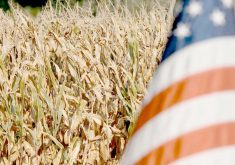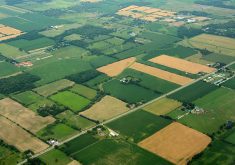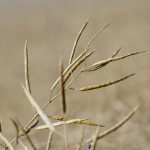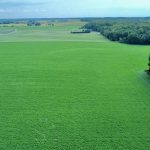A government-backed loan program that the hog industry thought could make up to $1 billion available to producers may end up being worth only one-third of that, says an industry leader.
Since the Loan Loss Reserve Program’s announcement in August, Canadian Pork Council president Jurgen Preugschas told MPs on the House of Commons agriculture committee Nov. 5, that lenders have been slow to sign on and many producers are finding lenders reluctant to approve loans because of industry losses.
“Now, the availability may be only as low as $620 million to our producers,” he said.
Read Also
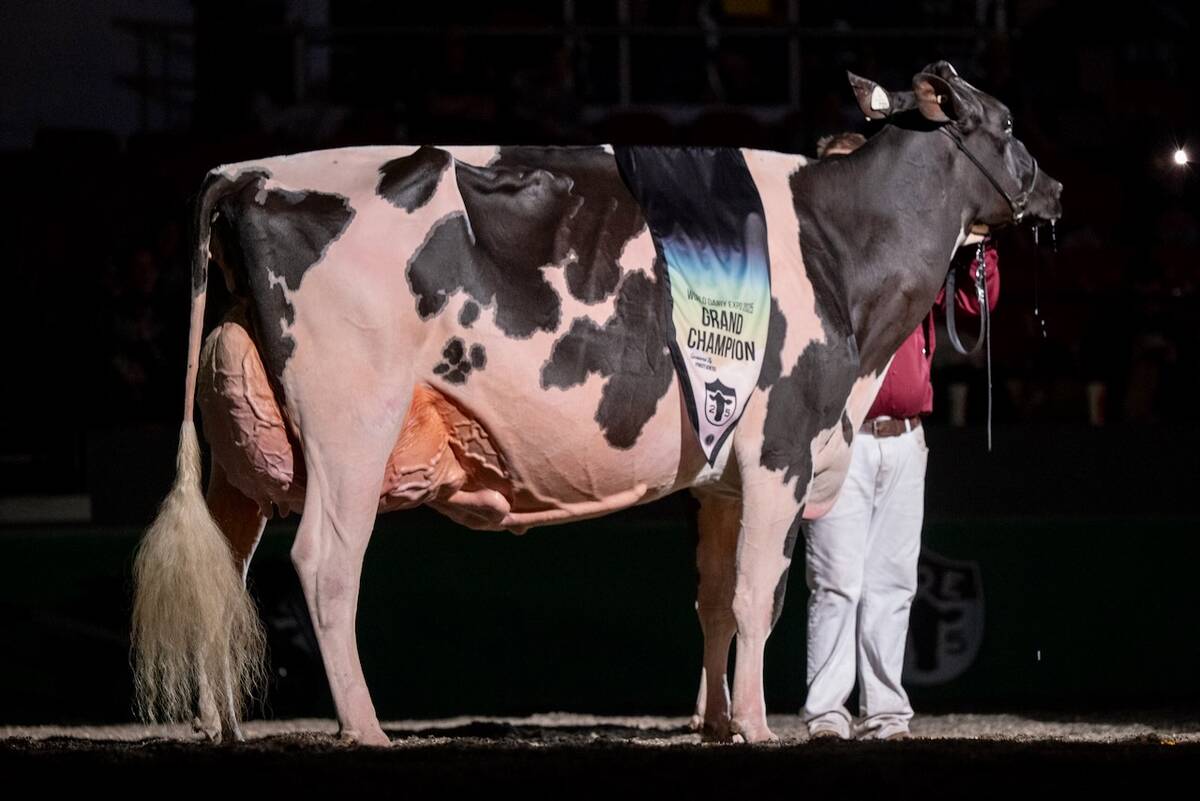
Canadian-bred cow wins World Dairy Expo Holstein show
A cow bred in Saskatchewan, Lovhill Sidekick Kandy Cane, is the Grand Champion Holstein at the 2025 World Dairy Expo.
“That is quite disturbing to us.”
To add to the problem, program rules insist that when farmers receive a loan, their first priority must be to pay back the $312 million in Advance Program Payments received from Ottawa last year.
It means net loans available to an industry already heavily in debt and losing money because of low prices would be as little as $308 million.
“It is not enough and it isn’t going to do the job that it needs,” Preugschas told Liberal Wayne Easter.
“We need to ensure this program works. If it doesn’t, it needs to be fixed.”
He said many lenders also want to charge higher interest rates because of the industry’s dire straits.
“We cannot afford to be penalized three percent, four percent, five percent because we’re hog farmers in trouble,” Preugschas said.
“We were promised by the minister we would not be penalized for being hog producers. If we are, we will be coming back on that.”
He spoke the day that the government tabled in Parliament supplementary spending requests for the 2009-10 fiscal year ending March 31, 2010, that asked for authority to spend almost $600 million more this year, the bulk of it on the hog industry.
Agriculture Canada officials said Nov. 6 the hog industry money request includes $404 million for potential government liability on producer loans, $39.4 million for compensation to producers leaving the industry for at least three years and almost $18 million for promoting pork exports.
His testimony also came as representatives of the industry reminded MPs that the hog industry, beset by a high dollar, consumer concerns about H1N1 and country-of-origin labelling in the United States, faces “the worst economic returns ever.”
The industry, with some government help, has a plan to reduce the pig herd, cut live hog exports to the U.S by more than half and increase domestic consumption of Canadian pork by 150,000 tonnes.
Along the way, thousands of hog farmers may have to make the painful decision to leave.
During the committee meeting on Parliament Hill, one of the potential victims told her story.
Leza Matheson-Wolters from Seaside Farms in Prince Edward Island told MPs that she and her husband may lose their farm, home and restaurant because it costs $1.55 per kilogram to get pigs to market and she receives 95 cents.
“Can I make it?” she asked MPs. “No I can’t. I can’t do it.”
MPs from all parties praised her for appearing and for discussing difficult family financial matters.
She told MPs national programs do not work for smaller Atlantic Canada operations.
She and her husband are considering bidding for exit money but it will mean losing all her pigs, the farm, the home and a restaurant they built to diversify income.
“If I do that (exit) program, I exit,” she said.
“I’m done and I lose my restaurant because I am a personal guarantee. I will lose my home that I’ve had since we were 23. I lose everything.”






